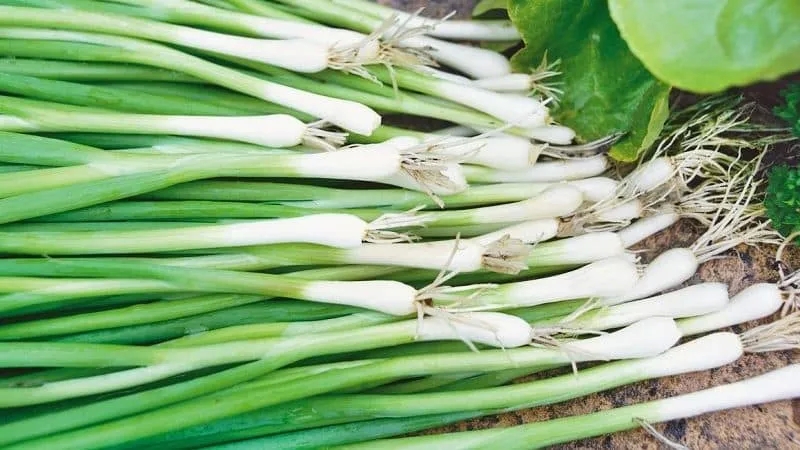
High-yielding onion variety with amazing taste "Parade"
While common onions are widely cultivated across Europe, Welsh onion (Allium fistulosum) receives less attention. However, a few popular varieties stand out, one of which is Parade. Its juicy greens have a semi-sharp taste and are packed with vitamins and minerals. Below, we explore the advantages and drawbacks of this onion, its key characteristics, and cultivation tips.
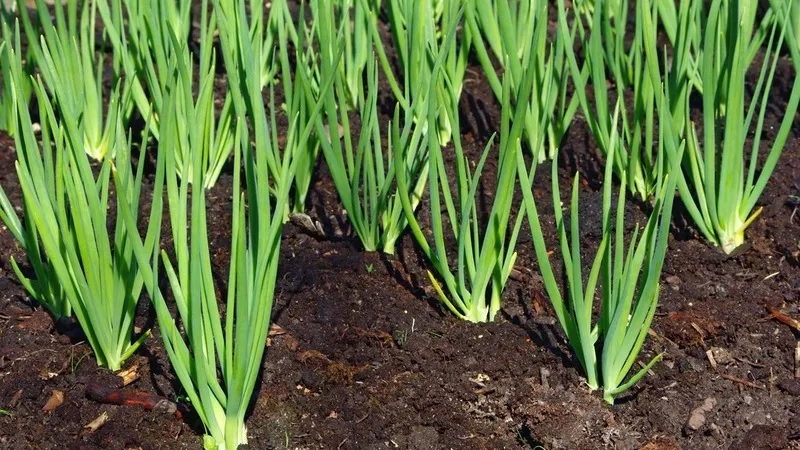
We follow the rules of crop rotation: what can be planted after onions the following year, and what should not be
Garden owners often experiment by planting different crops year after year: vegetables, berries, herbs, medicinal plants, and more. All of these interact with the soil — absorbing nutrients and contributing their own. Proper crop rotation on the same plot replenishes soil fertility, reduces the risk of disease, and increases yield.
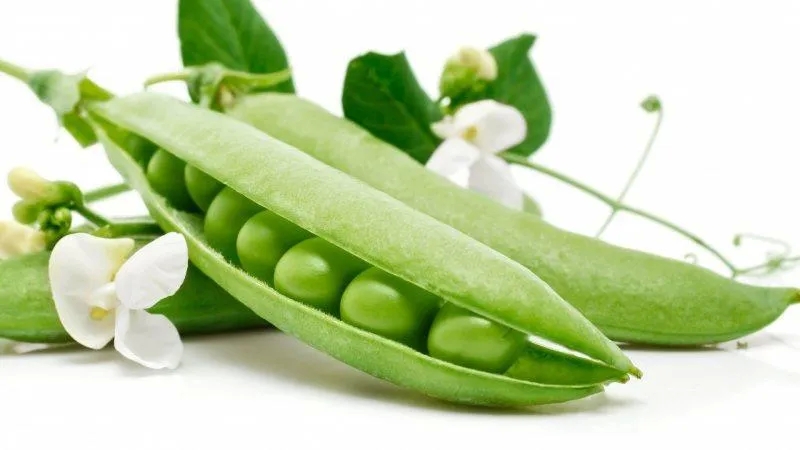
Biological features of peas that are better to know
Peas are an agricultural crop widely cultivated across Europe, particularly in regions with temperate climates. This popular crop is a favorite among gardeners, despite its somewhat demanding soil requirements. It offers numerous possibilities for culinary experiments and adds aesthetic value to home gardens. This article explores peas as a plant, their structure, and their climatic preferences.
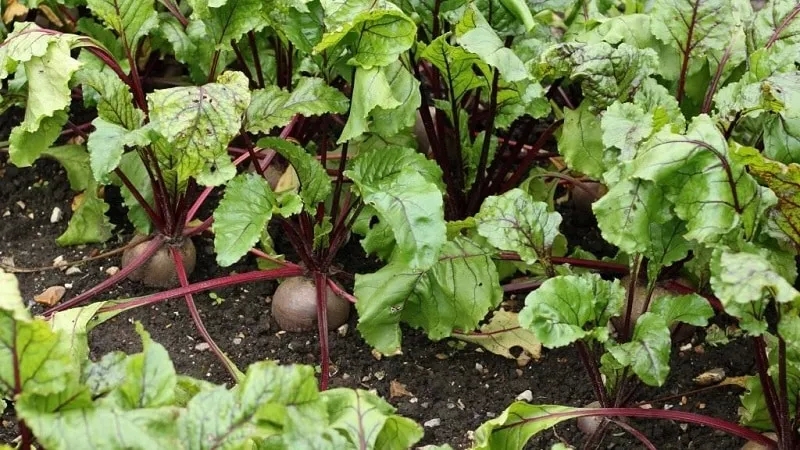
What to plant after beets next year: what mistakes to avoid in crop rotation so as not to harm the harvest
Annual planting of the same vegetable crops in the same location depletes the soil, leading to significantly reduced yields. In addition to autumn soil tilling and the application of proper fertilizers, maintaining soil fertility relies on adhering to crop rotation principles. Proper crop alternation protects against diseases and pest infestations.
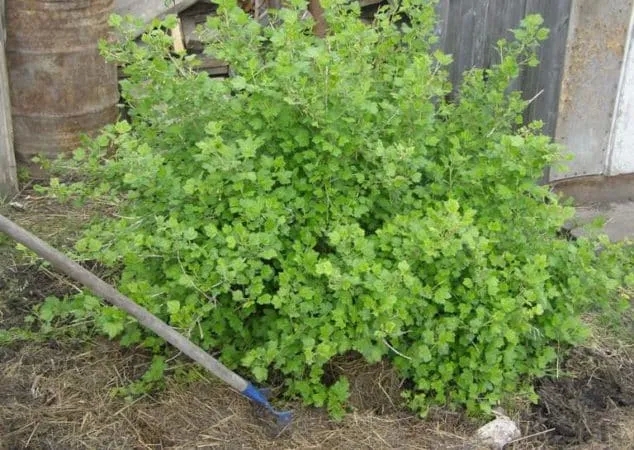
Why there are no berries on the gooseberry and how to fix it
With thorns or thornless, red or green, sour or sweet – you can find all kinds of gooseberry varieties in European gardens. This berry boasts a unique flavour and a healthy composition, making it popular in cooking, medicine, and even cosmetics. Gooseberries are low-maintenance, but sometimes, despite abundant foliage, the bush produces no fruit. Let’s explore why this happens and how to fix it.
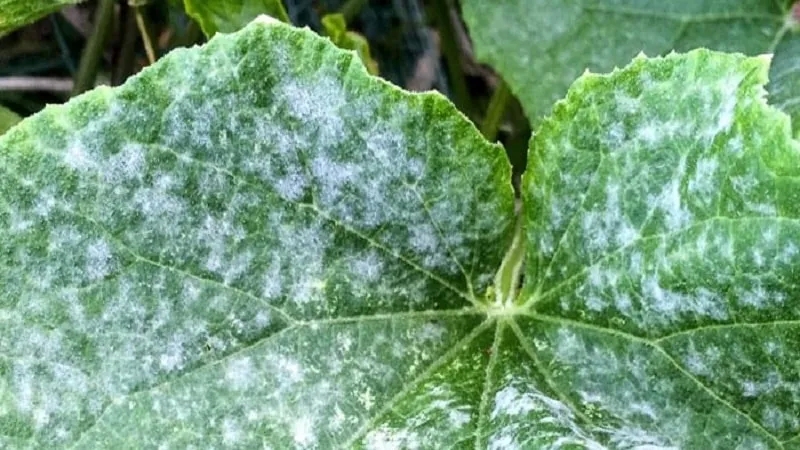
7 Main Causes of White Coating on Cucumbers and Leaves
White coating on cucumber leaves, stems, or fruits is a common issue faced by gardeners. The condition is primarily fungal in nature — plant tissues are affected by fungi that cause whitish, yellow, or gray fuzzy coatings. Let’s explore why white mold appears on cucumbers, how dangerous it is, and whether powerful chemical treatments are always necessary to eliminate it.
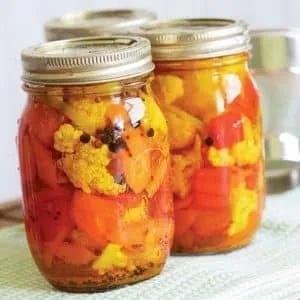
How to prepare cauliflower in tomato juice for the winter: recipes
Cauliflower can be fried in batter or steamed to retain maximum nutrients. Some home cooks prefer freezing the florets after harvest to add them to various dishes in winter. If you don’t have a spacious freezer, you can prepare jarred preserves instead.
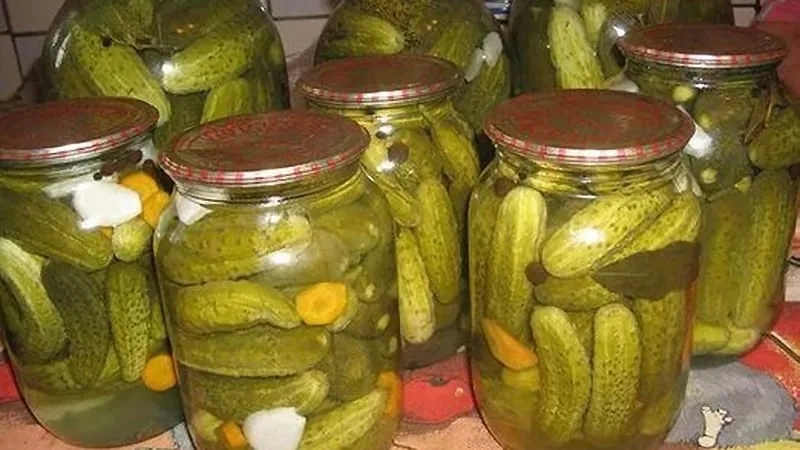
How to properly prepare pickled cucumbers with carrots for the winter
Cucumbers often grow alongside carrots in the garden, but they are rarely found together in a jar. Adding carrots—or even their greens—can diversify your winter preserves, making them hearty and nutritious.
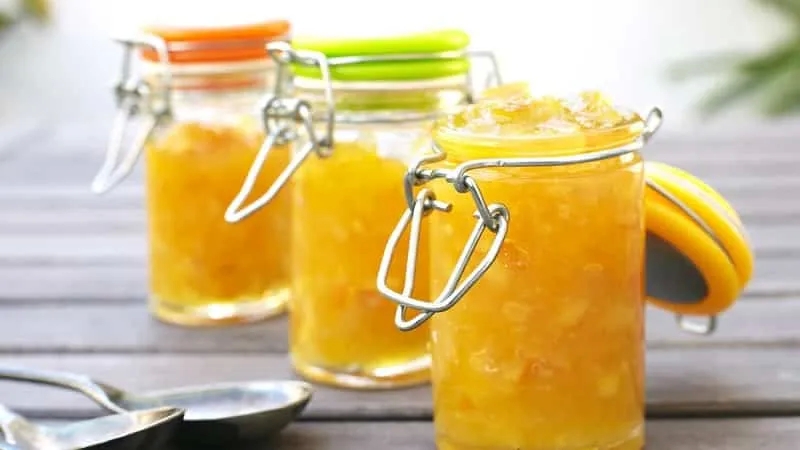
How to cook simple but very tasty melon jam
Melon jam has a delicate texture and a wonderful aroma. Melon pairs well with apples, citrus fruits, berries, and spices, which enhance the flavor of this sweet treat. In this article, we’ll reveal the secrets of making melon jam and share tried-and-tested recipes.
- Growing leeks in open ground and caring for them from planting to harvesting
- An exotic vegetable with an amazing appearance - black corn: properties, use in cooking and folk medicine
- How to sprout pine nuts at home
- How to understand that a watermelon has gone bad and what to do if this happens
- Quick Red Cabbage Recipes
- A Beginner's Guide: How to Care for a Potted Pomegranate at Home